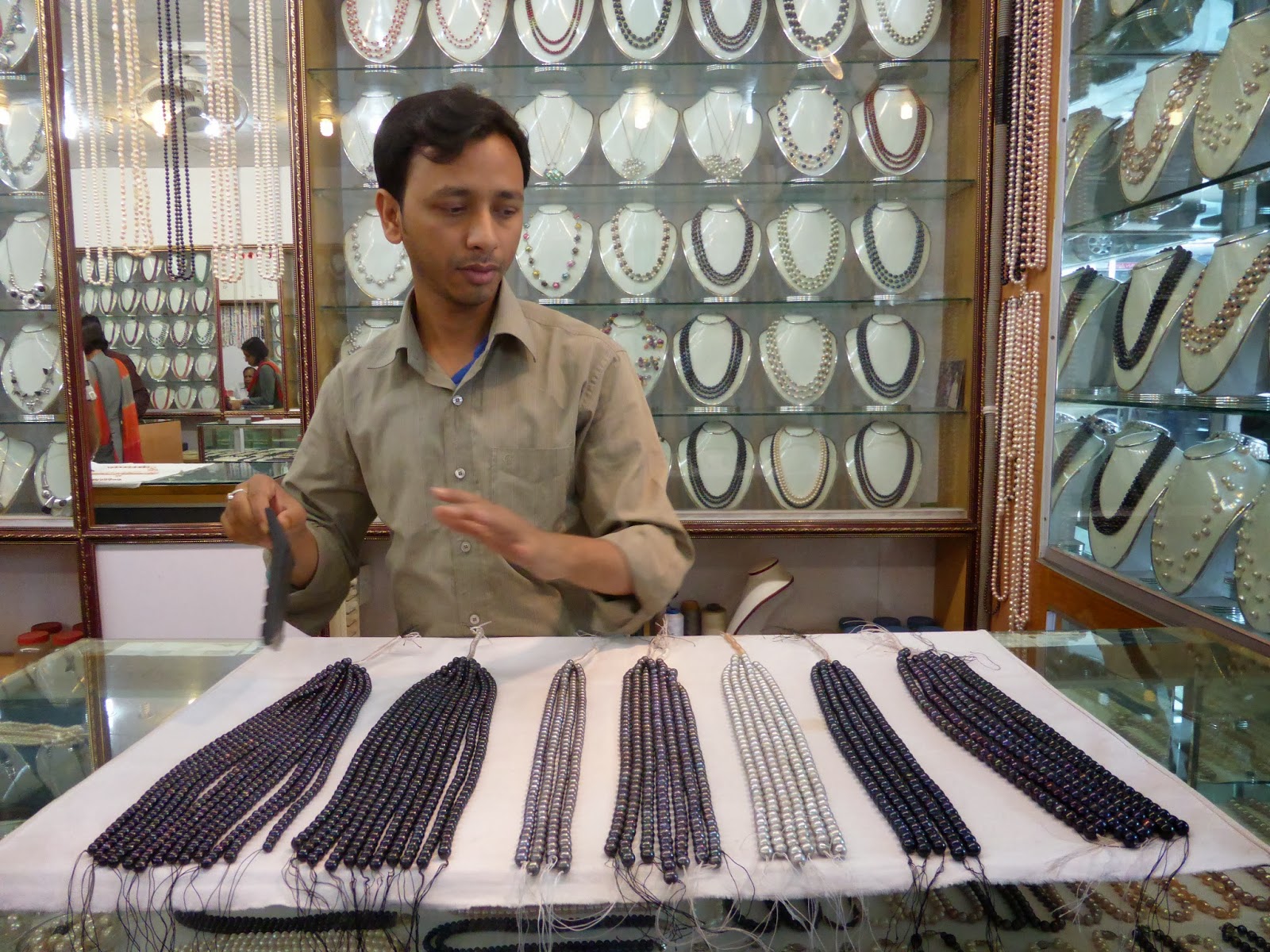If you want to get the taste of chaos in all its flavours
Bangladesh is the country you have been looking for. Apart from that you can be also sure to taste the flavour of an excellent biryani rice.
Bangladesh is not only very poor, but it is terribly densely populated, actually it is the most densely populated large country on the planet.
With the population density of 964 people per square kilometre, its inhabitants are twice as much closely-packed as those of the Netherlands, which is the most densely populated country in Europe. Actually, the area of Bangladesh is only 147 thousand square kilometres, which means that its territory is more than two times smaller than that of Poland and only two and a half times bigger than that of Lithuania.
On top of that the country is one large river delta, which means that large part of it is occupied by rivers and wetlands. With such a small territory Bangladesh is still the 8th most populous country in the world, with the population exceeding 152 million people. Surprisingly, Bangladesh is more populous than Russia, the latter having 'only' approx. 144 million inhabitants.
This density of population, combined with an incredible poverty and the tropical climate makes life there very harsh. To imagine the amount of pollution in the streets, just try to visualize your face getting dark with dust after every walk in the streets of Dhaka (the capital city), your eyes itching, your nose running and feeling 'sand' under your teeth.
The people leave in incredibly crammed and destitute flats. By the way, we are always amazed at how ultra-modern sometimes mixes-up with extremely rudimentary in the Third World. The housing pictured above has 21st century electric electricity meters that are rare even in Europe.
In the streets of Dhaka, the car
virtually drives into the crowds of walking people and jammed
rickshaws – the average speed is then much below the walking pace.
The main means of transport in the city are still men-driven rickshaws. In these conditions, getting around by any means of transport is tiring, if not outright scary. Imagine that during five hours the bus covers only 180kms (in our case from Srimongal to Dhaka), and imagine that all this time the driver relentlessly keeps on accelerating and braking with the squealing of the tires so that your body is continuously being thrown backwards, forwards as well as to the sides at each and never-ending attempt to briskly overtake another vehicle. You think that taking a plane is a better option. Sure, we thought so
too. We took a flight with a Bangladeshi flag carrier 'Biman', it all
looked and felt so bad that on the way back we chickened out and, in
spite of the fact that we had our return tickets booked, we took ...
the bus.
Bangladesh is one these countries where you should not bother to
look for any highlights or tourist attractions as in the literal
sense of the word, there are almost none. Instead you just roam
around the streets and the things that are trivial in most other
countries, in Bangladesh become an attraction, at least for the
Westerners like us.
How often have you come by the market ...
... where the fruits are so neatly arranged ...
... you can pick a hen or a chicken of your choice ...
... and it'll be slaughtered on the spot.
How often have you come across a shop...
... which has such a choice of pearls for less than $10 a string
(we are talking about famous pearls from the Bay of Bengal) ...
... which sells all things imaginable that have ever been on a
ship (actually, near the Eastern city of Chittagong, there is the
largest ship 'cemetery' in the world. The ships' carcasses are
dismantled for scrap metal in appalling working conditions) ...
... which sells spices in such an aesthetic set-up (customised combinations of these spices are wrapped in a leaf and eaten, or
rather chewed, as a digestive) ...
... a tailor's workshop in the open air ...
... or a hairdresser's in the open air, too ...
However, the best thing about Bangladesh is the friendliness of
its people. The thing that the photos, actually, cannot convey. While
the Bangladeshis can be very obnoxious to each other, because there
are so many of them, they are incredibly friendly with foreigners,
because there are so few of them. Wherever we went, the people,
usually boys and young men, just stopped as they noticed us and stood
still, just smiling and starring at us as if we were
extraterrestrials.
The ones that had cameras took pictures of us, the
braver ones asked us to have a picture taken with them. All we missed
is that they ask us for an autograph and we would feel like
celebrities. When we went to a busy restaurant, somehow they sorted
out a free space for us. On the train crammed with people (and we've
never seen such crowded trains), they sorted out a free compartment
for us and most probably put someone at the door to make sure that we
are not bothered. Even getting a visa at the airport was a pleasant
experience, from the very beginning we felt warmly welcome in this
country.
As to the lack of highlights, in the past, the country was most
probably a gem both for its nature, and for its cultural heritage.
These days the nature has been destroyed by overpopulation and
overexploitation of resources, whereas the cultural heritage was
demolished by recent wars, ethnic cleansing and natural disasters
such as cyclones and flooding. Bangladesh is one of the youngest
(most recent) nations with one of the most painful recent histories.
When in 1947, the Bengal province was separated into the Western part
(with Hindu majority) joining India and the Eastern part (with Muslim
majority) that became the part of a newly created Pakistan, millions
of people were displaced and expatriated. A large chunk of them died.
Even larger part of the exiled were reduced to inhumane poverty and
destitution on both sides of the border. The border city of Kolkata
on the Indian side of the border where many Hindu fled, became the
epitome of extreme poverty and people dying in the streets.
Bangladesh got independence from Pakistan in 1971 after a short but
unthinkably cruel war. The estimates of those massacred in this war
go up to three million people. To cut long and horrible story short,
human suffering in all its aspects has been omnipresent in
Bangladesh and the country gets overwhelmingly messy and chaotic at times.
In spite of all the mess and chaos, when we look at the photos we took in Bangladesh, they
are very colourful and somehow also our memories from there are also very
vivid. The photos clearly cannot convey neither the best side of it –
the amiability of its people, nor the strain on our senses and bodies
that we had to experience every day.
The hospitality of our hosts
Egle and Rishi undeniably made our stay in Dhaka a much nicer
experience and affects our overall positive assessment of our visit
to this country. For this we are very grateful to them.
In the end,
when we look back at our time there, Bangladesh feels like the
opposite of getting drunk. Getting drunk feels great at first and
horrible afterwords, whereas going to Bangladesh does not feel very
good at first, but when you get out of there and reminisce about it
feels quite good actually.






















This comment has been removed by the author.
ReplyDelete